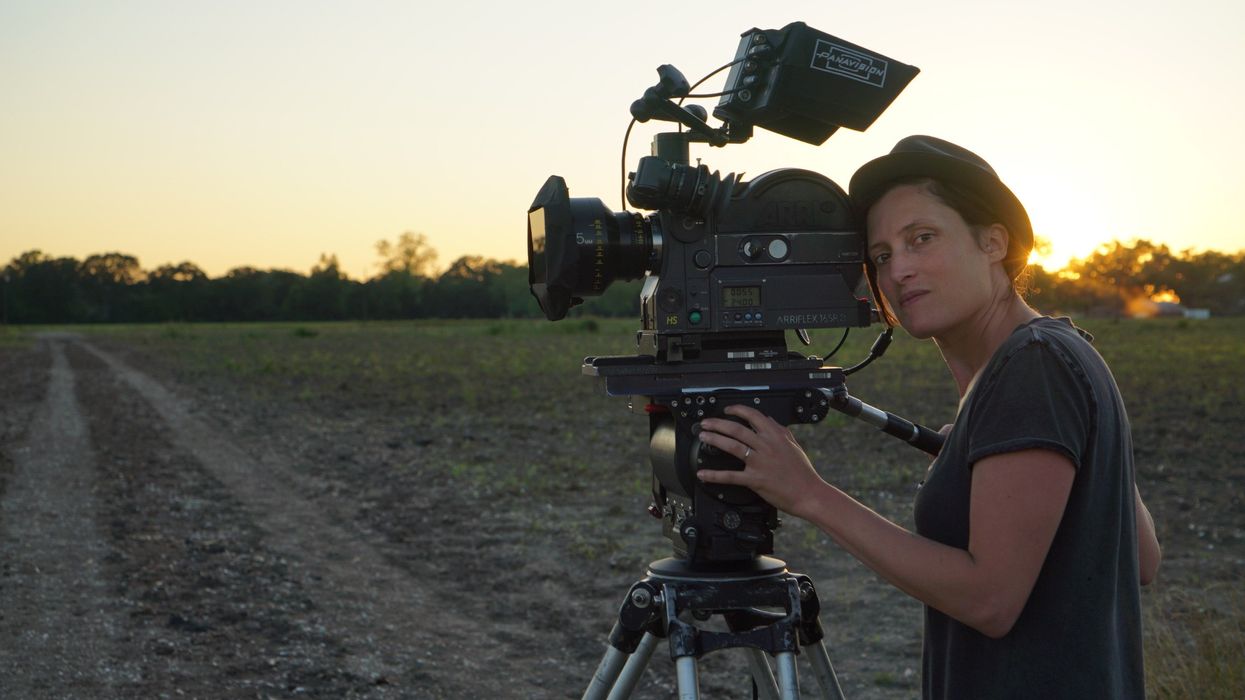3 Production Checklists for a Cinematographer
Get your pen ready to tick off these production checklists.

As a cinematographer, you play a crucial role in the production of a film or video project. To ensure that your work is of the highest quality, it's important to stay organized and prepared throughout the entire production process.
One way to do this is by using checklists to keep track of everything you need to do before, during, and after a shoot.
In this article, we'll take a look at three production checklists that every cinematographer should have in their toolkit.
These checklists include a before-shooting checklist, a during-shooting checklist, and an after-shooting checklist. By using these checklists, you can streamline your workflow, stay focused, and capture the best footage possible for your next project.
Let's dive in.

3 Production Checklists for a Cinematographer
1. Pre-Production Checklist:
Discuss the project with the director: Meet with the director to understand their vision and goals for the project. This can help you plan your approach to the shoot.
Scout locations:Visit the locations where the shoot will take place to plan your lighting and camera setup. Note any potential obstacles or challenges that you may need to work around.
Create a shot list: Work with the director to create a shot list for the day, detailing each shot that needs to be captured.
Plan lighting:Decide on the lighting setup for each shot, including the type of lights and their placement.
Test equipment: Test all equipment, including cameras, lenses, and lighting, to ensure that everything is in good working condition.
Charge batteries:Charge all batteries for the cameras and lighting to ensure that they will last throughout the shoot.
Pack equipment: Pack all necessary equipment, including cameras, lenses, lighting, and accessories.
Prepare a backup plan: Have a backup plan in case of equipment failure or weather issues. This can include having spare equipment or alternative locations.
Hire crew: If you need additional crew members, such as a focus puller or gaffer, make sure to hire them well in advance.
Communicate with the team: Communicate with the production team, including the director, producer, and other crew members, to ensure that everyone is on the same page and knows their roles for the shoot.

2. Production Checklist:
Check equipment: Continuously check all equipment, including cameras, lenses, and lighting, to ensure that they are in good working condition and functioning properly.
Monitor audio: Pay attention to audio levels and ensure that sound is being captured correctly.
Communicate with the director: Stay in constant communication with the director to ensure that you are capturing the shots they need and to discuss any changes or adjustments that need to be made.
Monitor lighting: Continuously monitor lighting throughout the shoot to ensure that it remains consistent and effective.
Keep lenses clean: Keep lenses clean and free from dust or smudges to avoid any image distortion or quality loss.
Check the frame: Continuously check the framing of each shot to ensure that it's consistent and that you're capturing the intended subject or action.
Monitor exposure: Keep an eye on the exposure levels and make adjustments as necessary to ensure that the footage isn't over or underexposed.
Change lenses when necessary: Switch lenses when needed to capture different shots and perspectives.
Keep backup batteries and memory cards: Have backup batteries and memory cards on hand to avoid any interruptions during shooting.
Be aware of surroundings: Be aware of your surroundings and any potential hazards, especially when moving equipment or adjusting the lighting.

3. Post-Production Checklist:
Check your equipment: Ensure that all equipment, including cameras, lenses, batteries, and memory cards, are accounted for and in good working condition.
Transfer footage: Transfer all the footage from the memory cards to multiple hard drives and verify the data transfer for each file.
Backup data: Create multiple backups of the footage and store them in different locations for redundancy.
Organize files: Organize the footage into folders based on the shooting days, camera, and lens used for easy access and retrieval.
Create proxies: Generate proxies of the footage to enable a faster workflow and easier editing process.
Review footage: Watch through all footage and make notes of any issues, such as technical problems or continuity errors.
Clean equipment: Clean and store equipment properly, including cameras, lenses, tripods, and other accessories.
Discuss with the director: Discuss the footage with the director to ensure that the creative vision has been achieved and to identify any areas that need to be re-shot.
Submit paperwork: Complete and submit all necessary paperwork, including release forms, shooting logs, and call sheets.
Follow up: Follow up with the production team and any post-production team to ensure that the footage is being processed correctly.

The No Film School Cinematography Course
While film school can teach you the in's and out's of composition and artistry, how do you do things like find clients? How would you climb the crew ladder to become a DP yourself? How would you even start to manage your finances when you do start getting paid?
The No Film School course, How to Make Money as a Cinematographer, has these answers and more!
Start Building Your Dream Career Today
Summing Up 3 Cinematographer Production Checklists
Cinematography is a complex and intricate field that requires careful planning, organization, and attention to detail. By using the three production checklists we've discussed in this article - before shooting, during shooting, and after shooting - you can ensure that you are well-prepared for every stage of the production process.
These checklists will help you stay focused, streamline your workflow, and capture the best footage possible for your next project. Remember, being a great cinematographer is not just about having technical expertise, but also about having a systematic approach to your work.
By using these checklists, you can elevate your craft and create stunning visual stories that captivate your audience.
Go get shooting.












